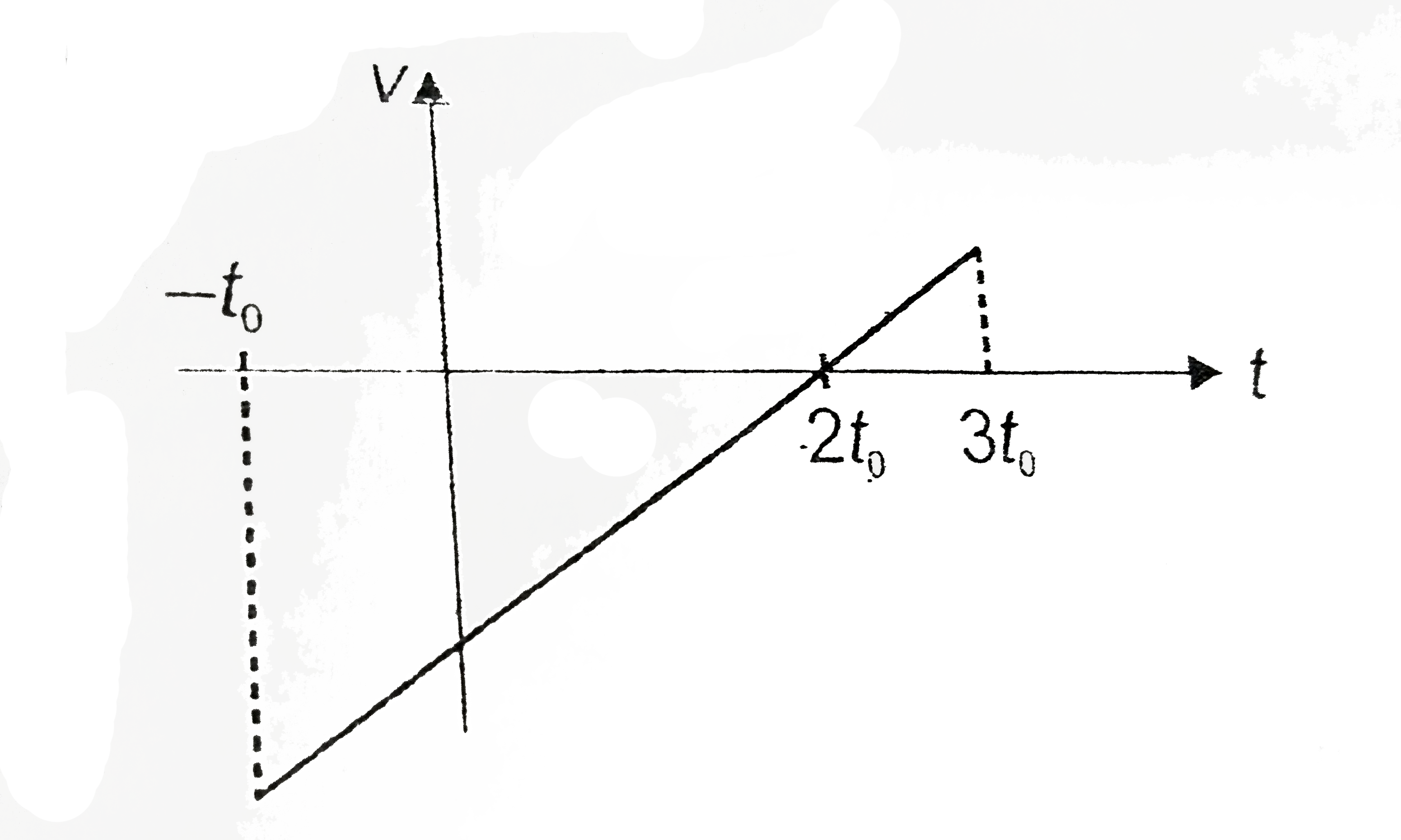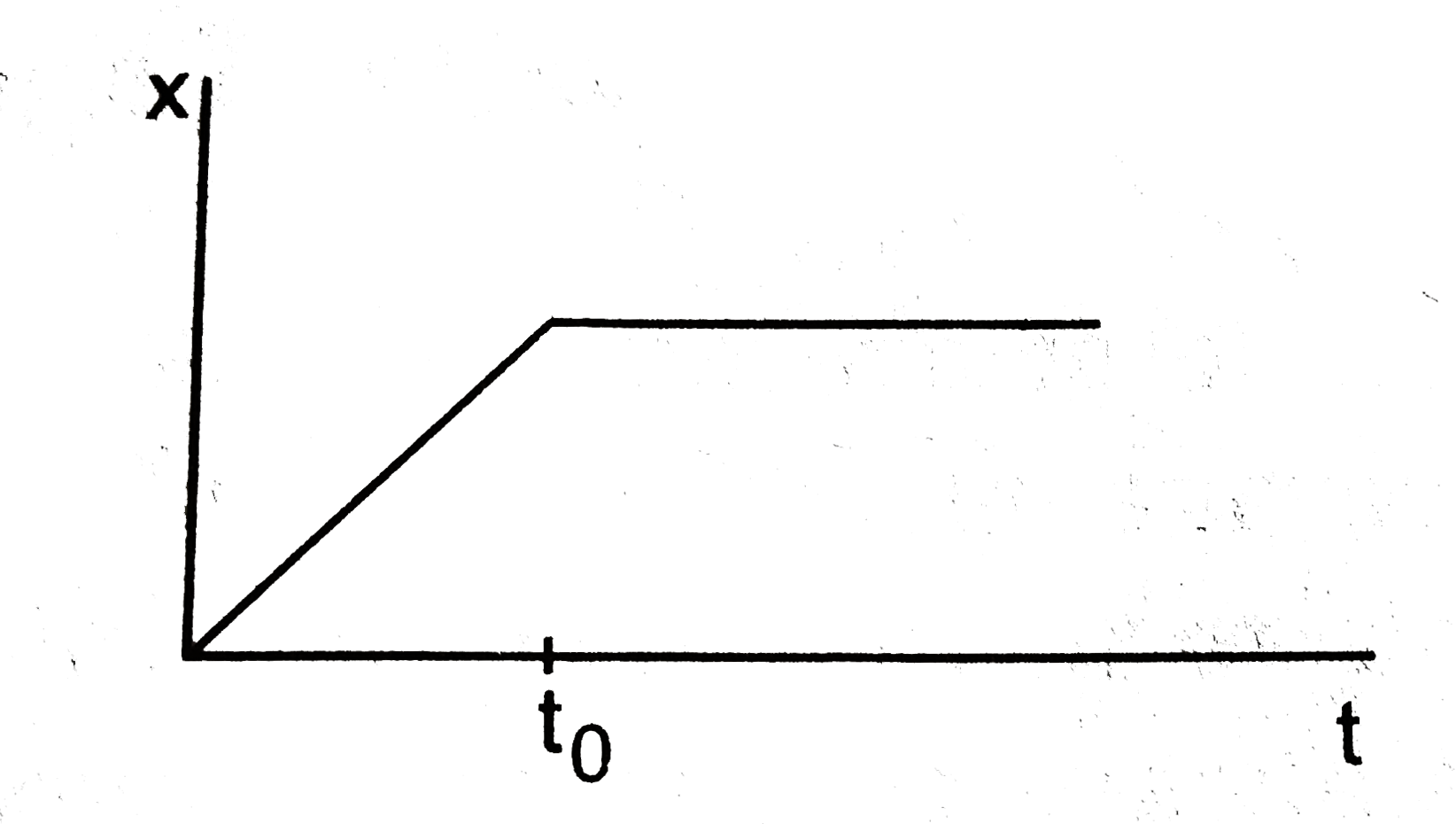Figure shows the velocity time graph of a particle moving along X-axis. Which of the following statement is correct?

The particle moves with a constant acceleration up to a time t0 and then stops.
The particle moves continuously along positive x direction with a constant speed.
The particle is at rest at time t0
The particle moves with a constant acceleration up to time to then with constant velocity.
Step by step video & image solution for Figure shows the velocity time graph of a particle moving along X-axis. Which of the following statement is correct? by Physics experts to help you in doubts & scoring excellent marks in Class 10 exams.
Updated on:21/07/2023Topper's Solved these Questions
Similar Questions
Knowledge Check
Figure shows velocity time graph of a particle moving in straight line. Which of the following statement(s) is / are CORRECT:−
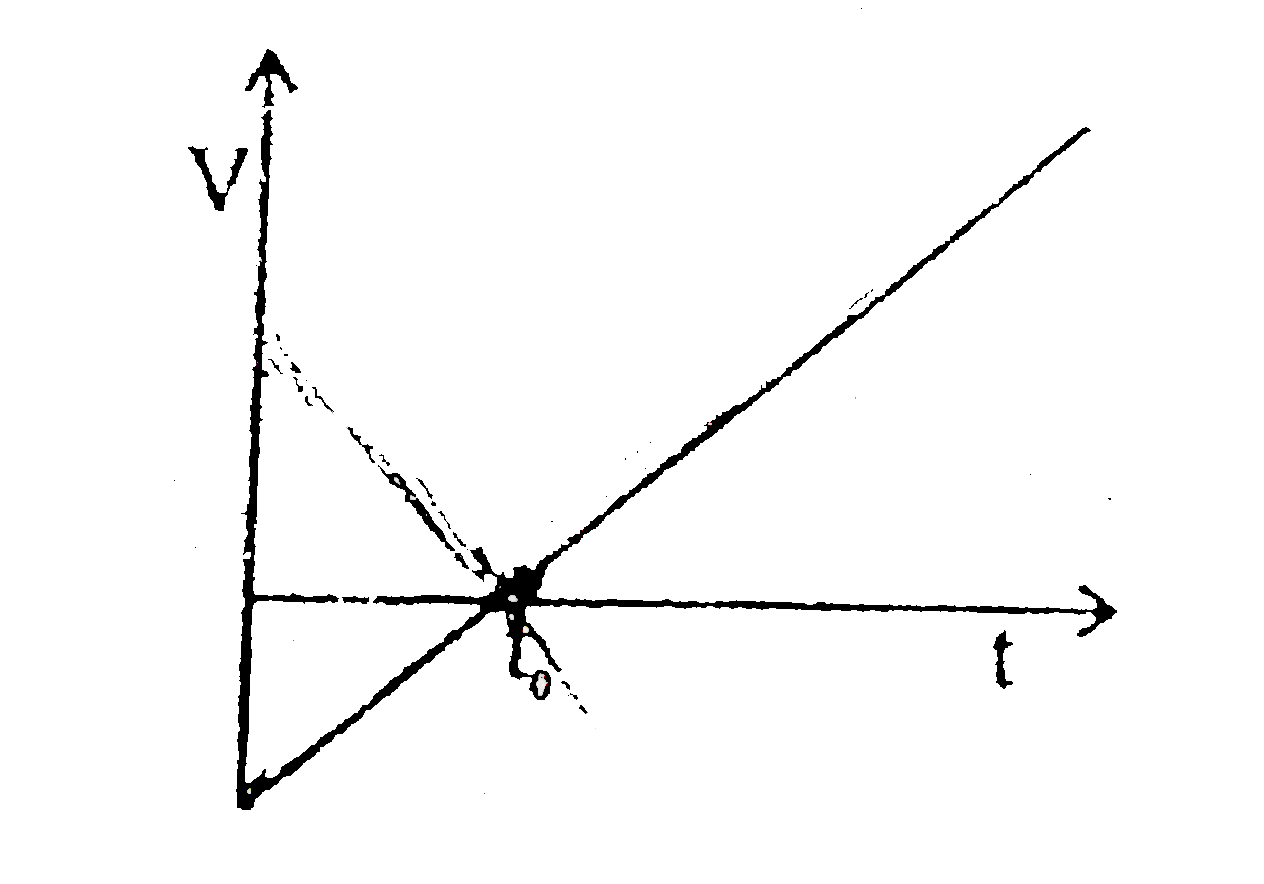 AParticle crosses its initial positionBSpeed of the particle Increases continuouslyCAcceleration of patticle is zeroDAt t0,d∣∣→V∣∣dt of particle is zero.
AParticle crosses its initial positionBSpeed of the particle Increases continuouslyCAcceleration of patticle is zeroDAt t0,d∣∣→V∣∣dt of particle is zero.Figure show the displacement - time graph of a particle moving on the x-axis
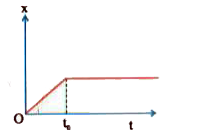 Athe particle is continuously going in positive X directionBthe particle is at restCthe velocity increases up to a time t0 and then becomes constant.Dthe particle moves at constant velocity up to a time t0 and then stops.
Athe particle is continuously going in positive X directionBthe particle is at restCthe velocity increases up to a time t0 and then becomes constant.Dthe particle moves at constant velocity up to a time t0 and then stops.Figure shows the position-time graph of a particle moving on the X--axis. Which of these option correctly describes the particle 's motion?
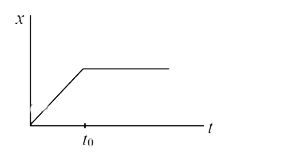 Athe particle is continuously going in positive x directionBthe particle is at restCthe velocity increases up to a time and then becomes constantDthe particle moves at a constant velocity up to a time and then stops
Athe particle is continuously going in positive x directionBthe particle is at restCthe velocity increases up to a time and then becomes constantDthe particle moves at a constant velocity up to a time and then stops
Figure shows the displacement (x)-time (f) graph of a particle moving on the X-axis.

View SolutionThe figure shows a velocity-time graph of a particle moving along a straight line

Choose the incorrect statement. The particle comes to rest at
View SolutionThe figure shows a velocity-time graph of a particle moving along a straight line
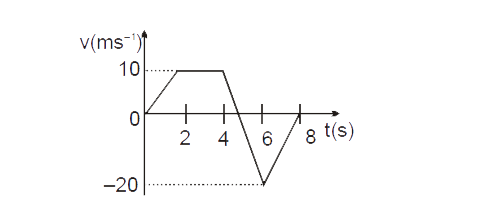
Choose the incorrect statement. The particle comes to rest at
View SolutionThe figure shows velocity-time graph of a particle moving along a straight line. Identify the correct statement.
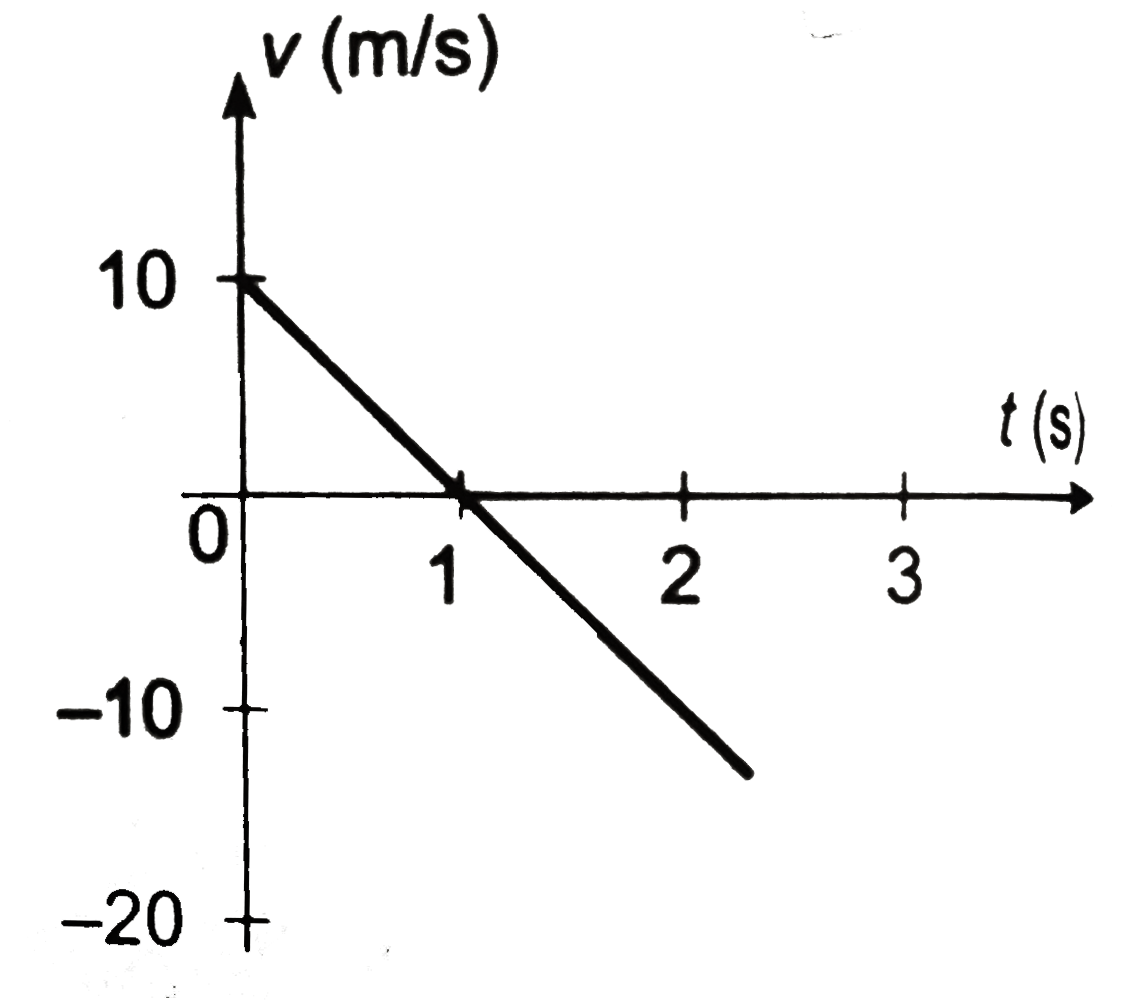
View SolutionFigure shows the velocity time graph of a particle moving along straight line (v is m/s and t is in second). It average velocity in 20 seconds will be:
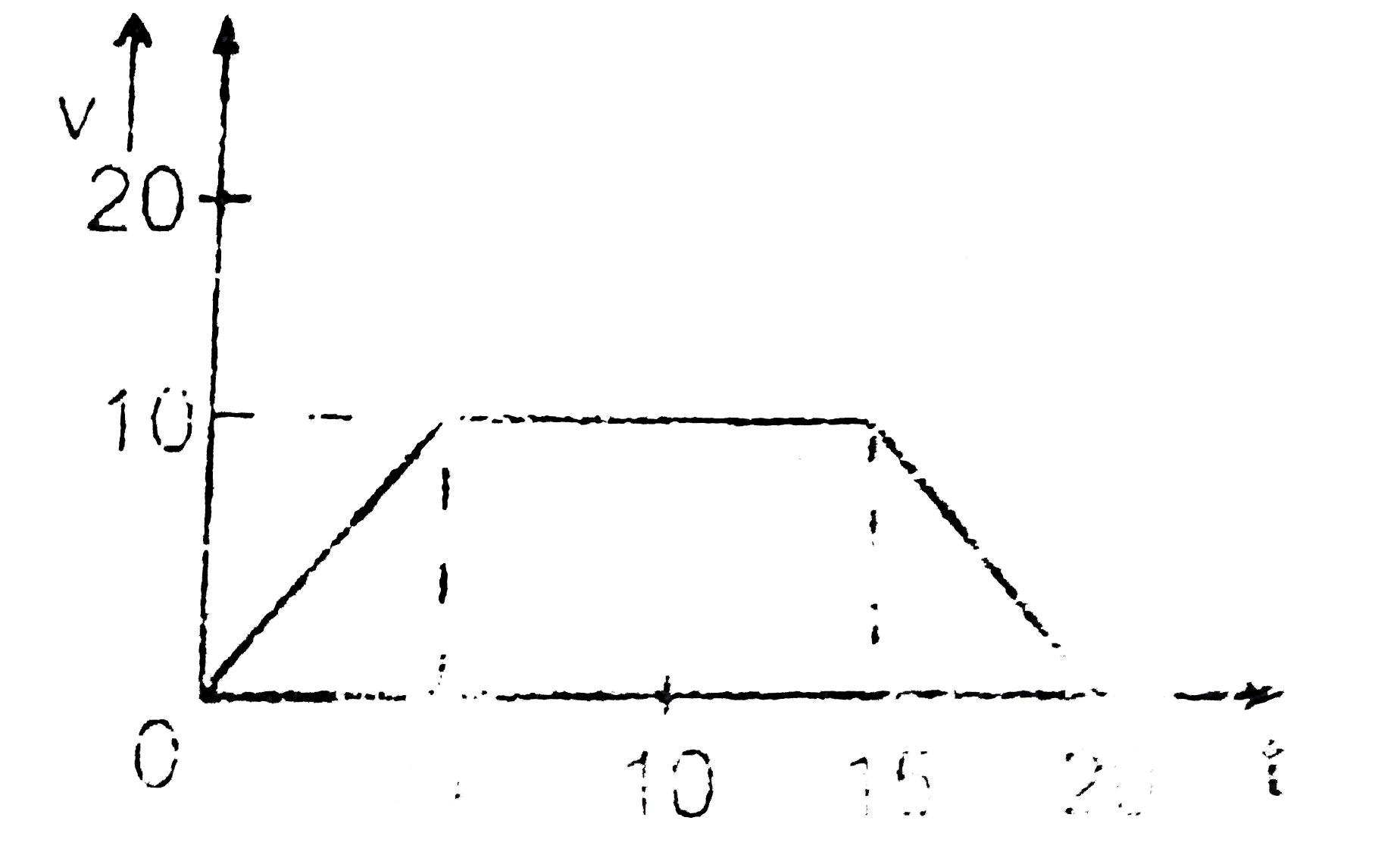 .
.
View Solution

